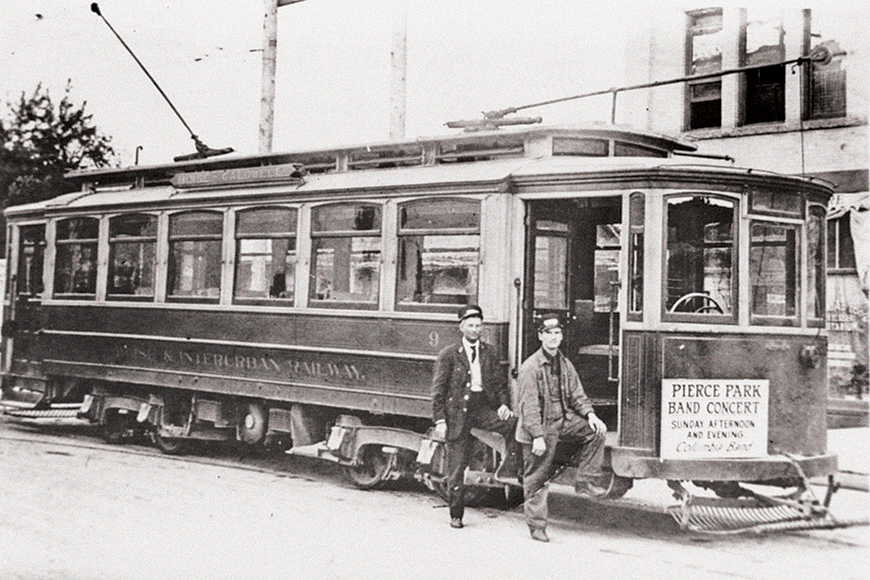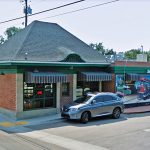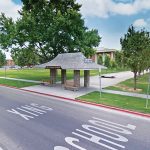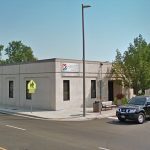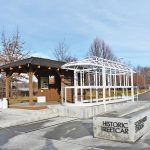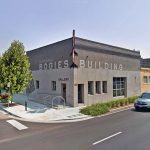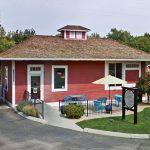Sometime, when you’re sitting in rush-hour traffic between downtown Boise and points west, you might find yourself idly wondering, “Why don’t we have a public transit system like some other cities I’ve visited?”
Once, we did.
Boise to Middleton
It was an electric streetcar system called the Interurban, and unlike many public transit systems now, run by cities and other government agencies, it was run by private companies. In fact, some developers created them to take people out to their subdivisions, to encourage them to buy houses there, and then created other forms of entertainment to encourage more people to ride the streetcars.
“The trolley systems in the Boise Valley were all private, paid for by developers and investors,” said Scot Oliver, executive director of Idaho Smart Growth, a Boise-based nonprofit community development organization. “The streetcars didn’t make money themselves. Their value was in promoting real-estate development.”
Consequently, the systems started piecemeal, with individual systems in Boise in the early 1890s and in cities such as Caldwell in the late 1890s and the early 1900s, said Barbara Perry Bauer, president of TAG Historical Research and Consulting, in Boise, and the author of “Electric Railways of Idaho.”
But some Treasure Valley developers wanted more, according to Bauer. One was Walter E. Pierce, a major developer in Boise from the time he arrived in 1891 until he died in the 1950s. Bauer, who is working on a book about Pierce, noted that Pierce wanted to connect the communities on the northern side of the river between Boise and Caldwell, including Star, Eagle, and Middleton. He started around 1905 lining up deals with Eastern investors, purchasing rights-of-way, and beginning construction.
Meanwhile, on the southern side of the river, there was Donald Ustick, who wanted to build a similar railway to Nampa. Not as successful as Pierce, his project ran out of money until Robert Noble extended it to Nampa, Bauer said. “By 1910, we had two systems, the north side and the south side.”
But they weren’t connected, and there wasn’t any way to go between Nampa and Caldwell on the streetcar.
Then Idaho Power bought up both systems and operated them as a subsidiary of Idaho Power called the Idaho Traction Company. In 1912, they finished the section between Nampa and Caldwell. “That’s when you got the Interurban,” Bauer said.
What Was It Like?
The entire loop back then could take a couple of hours. “The top speed was around 40 miles per hour with stations every mile or two,” Bauer said. “You might be tooling along at 20 miles per hour, at most.” Streetcars started as early as 6 a.m. and ran as late as midnight, with runs every 15 to 30 minutes.
According to Bauer, farmers used the Interurban to ship their produce to the railroad, and students rode it from Boise to attend the College of Idaho in Caldwell. On Sundays, people could buy excursion passes that would let them ride all day for a dollar or two.
Developers also created amusements like Lake Lowell and Pierce Park—now the site of the Plantation Country Club—to encourage people to ride the streetcar. But by 1928, with the rise of the automobile, ridership declined, and there wasn’t any additional financing to help improve and maintain the system. “It wasn’t profitable, even under the power company,” Bauer said.
“When public investment started going to roads and the auto industry, the streetcars were no longer useful catalysts, and the private owners shut them down,” Oliver noted.
Could We Get an Interurban Again?
It would be hard, Bauer acknowledged. Roads like Nampa-Caldwell Boulevard have been built over the right-of-way, which was transferred over from Idaho Power. People would have to be willing to give up the independence of using their cars, which are far more reliable than other options available at the time of the Interurban. And federal funding would probably need to be involved to pay for it, she said.
On the other hand, Oliver added, cities such as Salt Lake City have developed public transit systems that, like the original Interurban, were based on support from the private business community. “Ironically, probably the only way we’ll see something like robust ‘public transit’ again is if the private sector once again embraces it, and partners with public investment to make it happen, à la Salt Lake City,” he said.
But that may be from a world that’s passed, Oliver said. “The period in which the trolley systems operated correlated with huge growth in the Valley, around a tenfold increase in population,” he said. “Trolley towns exploded—essentially early versions of transit-oriented development. The electricity that came with it also was a major modernizing influence. It’s hard to imagine public transit—or anything else—doing something like that again.”
Where Can You See the Interurban Now?
- “The Hat” at the College of Idaho in Caldwell is an old Interurban station. There are also tracks nearby.
- Bobbie Jean’s Coffee in Star on State Street is also an old Interurban station.
- The Harvest College building in Meridian is a former Interurban weigh station.
- Boise Art Glass, at the intersection of Front and 13th streets, is the former freight house.
- The Trolley House Restaurant was constructed as a car barn for the streetcar system.
- The South Boise Streetcar Station, in Ivywild Park, is a restored streetcar station with interpretive panels.
- The Trolley House
- “The Hat” at the College of Idaho
- Harvest College is the site of the former Interurban weigh station
- The South Boise Streetcar Station
- The site of the former freight house.
- Bobbie Jean’s Coffee is a former Interurban station.
Bauer occasionally presents the Traveling Trolley Time Capsule, where she shows interpretive panels and gives lectures, around the Treasure Valley. “My ultimate dream was to have something that could go to the schools,” she said.

